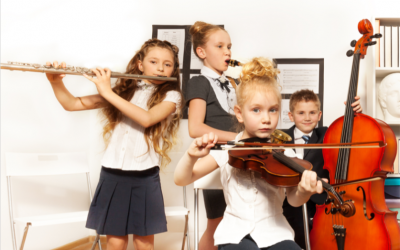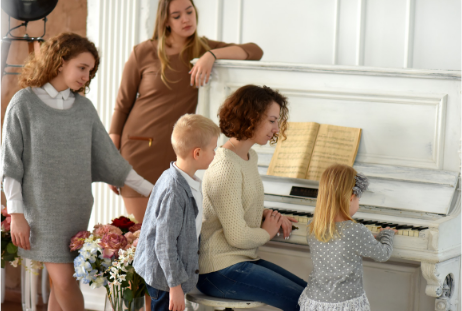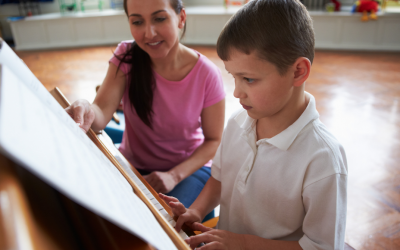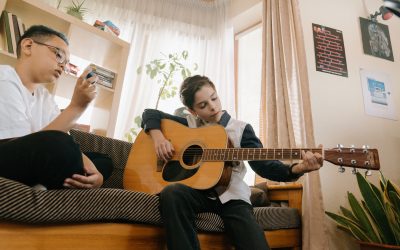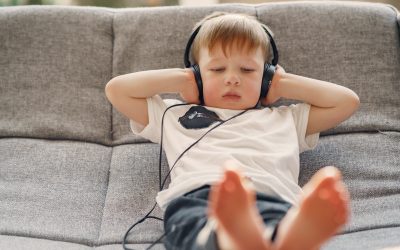facebooktwitterpinterestinstagramyoutubeI’m sure you will all agree with me when I say that music lessons can be very expensive for the average family and one of the reasons many families tend to forgo the cost. But in the same vain, I don’t think that you...

9 Thing Your One On One Music Teacher Will Not Tell You
9 Thing Your One On One Music Teacher Will Not Tell You
Even today in the era of online learning I still find parents who insist that nothing can take the place of one on one piano lessons. While this is true, it is not absolutely true.
This I would have to say is the GREAT one on one piano class hoax.
There is a time and a place for online lessons, like one on one lessons but it is not a zero sum game.
But there are many false myths surrounding one on one classes and that is one of the reason that many people think that it is far superior to online classes.
So in this post, I’m going to address those myths and bring to light some of the secrets your one on one teacher will never tell you.
You Understand Your Child
As a parent you understand your child and his or her learning style better than anyone else. Even better than someone who has a degree in education or music or early childhood education and I’m sure that is something your music teacher has never told you.
You Are Resourceful
As a parent who is highly involved in their kids education, you are resourceful and you do it out of love, not for money. Thus making you even better at being able to understand and cater to the specific learning needs of your child, than your child’s music teacher.
You Can Learn Alongside Your Child
Even though you may not have formal training in music, with the right tools and resources, you can learn alongside your child and teach your child, be resourceful and customize the material to suit your child’s learning styles.
I do understand that this is not for everyone. Because not every parent has the time, inclination nor the energy.
But if you are here reading this post, then you are an exception to the rule and one that is definitely willing to make the sacrifices required.
The Bonding Experience Will Be Priceless
When you teach your own child and learn alongside your child, the bonding experience will be truly amazing.
Don’t believe me? Then, ask any of the parents who have used the Teach Your Child Piano program and succeeded and they all say that the bonding experience alone was worth the trouble.
Piano Lessons Will Be More Relaxed And Natural
What is more relaxed, being able to learn piano in your PJs, or getting dressed and going once a week for your piano lessons or tidying up the house and waiting for your child’s piano teacher to come?
With piano lessons at home that are driven by you rather than a one on one teacher, you will work around your schedule and the natural schedule of your child, rather than the teacher’s and thus make the lessons very natural and relaxed.
Higher Success Rates
When parents are highly involved and learn alongside their kids, the success rates at the initial stages are really high.
Don’t believe me? Then read this post 6 ‘No Fail’ Strategies To Increase Your Child’s Success Rate When Taking Offline Music Lessons.
Time And Financial Savings
One on One Piano Lessons can be very expensive as well as time consuming and in the long run haven’t been shown to be better than group lessons, or online lessons.
The results are usually very inconsistent and therefore it is hard to draw conclusions either way, even though your piano teacher may have told you otherwise.
Online Lessons Continue To Improve
One of the biggest hoaxes that offline piano teachers tend to insist upon is that online lessons cannot engage kids the same as way as offline.
This often depends on a variety of factors.
However, you have to remember that online learning is relatively new and has made immensely great strides over the years and will continue to do so in the coming years as well.
Still not convinced if online piano is for your kid or not. Then read my posts 6 ‘Must Know’ Reasons Why Online Courses Are Not For Your Child, and 6 ‘Huge’ Reasons Why Online Music Courses Are Far Better Than Offline Courses.
Have you been told any of these lies before? Which ones do you still believe in and why?

Karen Cadera
Founder/Creator
Mom, Teacher, Minimalist, Zero Waste Enthusiast, Multi Pod.
My daughter loved the games, but there were also worksheets and videos. The weekly lesson plans were complete, and I never questioned what I should be doing next.
This program reminded me (and allowed me to teach my son) how to read music. To me, that was the most important thing that we learned together. Of course, it was very rewarding for me to watch my son play the piano with both hands at the same time, while reading sheet music. His favorite parts of the course were actually playing the songs and doing the worksheets provided.
Articles That Maybe Of Interest To You
10 ‘Horribly’ Expensive Mistakes Families Make When Paying For Private Music Lessons
5 Shockingly Simple Ways To Provide Music Lessons For Kids In The Homeschool
facebooktwitterpinterestinstagramyoutubeIf you’ve been a reader of my blog or listened to my podcasts in the past, you will know that I’m a great advocate for helping parents who have absolutely no training or minimal formal training in music, to teach their kids...
3 ‘Super Easy’ Ways To Teach Your Child To Sing In The Homeschool
facebooktwitterpinterestinstagramyoutubeSinging is one of the easiest ways in which to incorporate music in your homeschool routine. And it is something that can be done every single day without too much hassle. Also singing has one of the biggest advantages, and...


